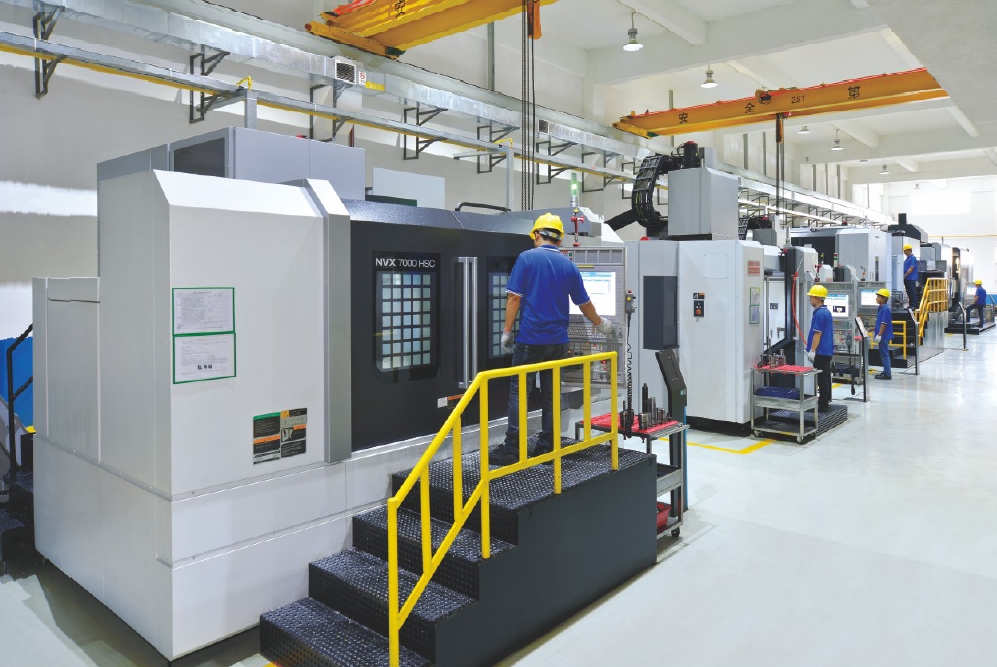
Enhancing Injection Molding with Digital Threads: The Key to Process Traceability
Digital threads are transforming injection molding by creating a continuous flow of data that connects every stage of the manufacturing process. This technology enhances process traceability, allowing manufacturers to monitor quality, optimize efficiency, and reduce waste. In industries like automotive, where precision is crucial, traceability ensures that defects can be quickly identified and resolved.
V1plastic, a leader in automotive injection molding, uses digital threads to track production details from design to final product. Key benefits include real-time data collection, predictive maintenance, and improved efficiency. Trends such as AI-driven automation, IoT integration, and advanced support machinery are shaping the future of the industry. V1plastic is at the forefront, leveraging these technologies to ensure high-quality production and maintain strong partnerships with top automotive brands.
This commitment to innovation and excellence positions V1plastic as a leading force in modern injection molding, setting new industry standards.





